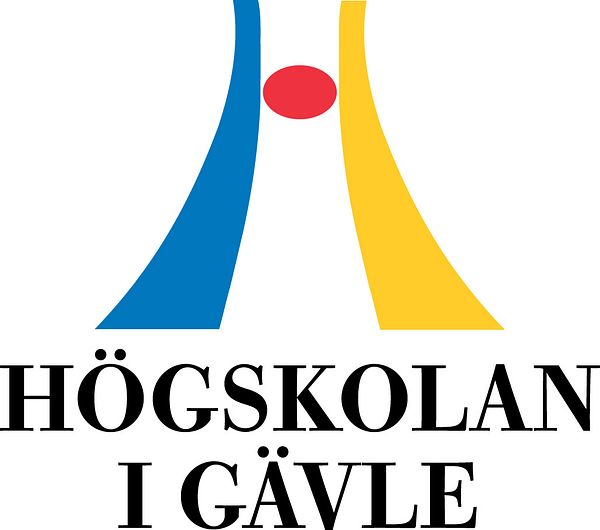Press release -
Urbanisation threatens the most fertile land on earth
Urbanisation, particularly in Asia and Africa is taking place on agricultural land that is almost twice as fertile as the world average,” says Stephan Barthel researcher at the University of Gävle and Stockholm Resilience Centre.
A neglected issue
The rapid urbanisation threatens nearly 116,000 square miles of the most fertile land on the planet. Agricultural land almost twice as fertile as the world average will have disappeared by 2030 unless something is done now.
This area of land, about the size of Germany, is estimated to answer for almost four percent of the global growth of food. The food that is produced there would be enough to feed more than 300 million people 2500 calories per day for an entire year.
“The transformation of agricultural land into urban areas, on a global scale, and what it signifies for our capacity to provide food for ourselves, has become a neglected issue,” says Stephan Barthel.
Mega cities
Mega cities are growing at express rates especially in Asia and Africa. In the year 2050 seventy percent of the world’s inhabitants are expected to be living in cities.
In China the number of inhabitants in cities are expected to explode and a billion people will be living in Chinese cities in the foreseeable future. China alone will account for the loss of a quarter of the agricultural land of the globe.
“Fertile agricultural land tends to be located in river valleys or deltas such as the Yangtze River delta near Shanghai . Regionally one cannot always compensate for the loss of food production and in the long run this can affect the global food system,”says the chief author Bren d’Amour from the Mercator Research Institute in Berlin.
Regional differences
The study also shows that the conflict between urbanisation and food production can differ markedly from one region of the globe to another.
In certain regions in Africa and the Middle East the fast-growing cities convert a substantial area of the national agricultural land into urban areas, countries already suffering from hunger and food shortage.
For example in Egypt, by the year 2030, it will have lost about a third of its agricultural landdue to urbanisation. Even in the countries surrounding Lake Victoria, in Nigeria and Pakistan there are signs that the losses will be considerable.
When the smallholders, that tend to keep food prices down, are eliminated, then food security will decline resulting in increased dependency on imports from the global market with fluctuating prices,” says Stephan Barthel.
“Then added to this the vulnerability that many of these countries experience because of the effects of climate change, as well as the greater difficulties that the rural population have in finding a foothold in the labour market of a large city.”
In India, the world’s most populous nation, urbanisation will not cause as dramatic a decrease of the amount of agricultural land; although as many as nine hundred million people are estimated to be living in India’s cities in forty years time.
City planning has become global politics
“City planning has become global politics. Descision makers must take responsibility for the growth of cities where the existing agricultural system and smallholders can be retained, and at the same time guard the access of the smallholders to the urban markets,” says Felix Creutzig, Director at the Mercator Research Institute in Berlin.
References:
Bren d’Amour, C. B., Reitsma, F., Baiocchi, G., Barthel, S., Güneralp, B., Erb, K-H., Haberl, H., Creutzig, F., and Seto, K C. (2017). Future Urban Land Expansion and Implications for Global Croplands. Proceedings of the NationalAcademy of Sciences of the United States of America, DOI:
For further information, please contact:
Stephan Barthel, researcher in sustainable urban planning at the University of Gävle and at Stockholm Resilience Centre
Tel: 076 360 57 05
Email: stephan.barthel@hig.se
Text: Douglas Öhrbom
Topics
- Natural resources
Categories
- university of gävle
- urbanisation
- mega cities
- food production
- stephan barthel
Education and Research at a Scenic Campus.
The University of Gävle has approximately 14 500 students, more than 50 study programmes and second-cycle programmes, about 1 000 courses in humanities, social and natural sciences and technology.
Research Profiles
Built Environment and Health-promoting Working Life are the general research profiles of the higher education institution. Important parts included are Spatial Planning with a specialisation in Sustainable Built Environment and Musculoskeletal Disorders with the purpose to prevent work-related injuries. In 2010, the higher education institution received permission to carry out third-cycle programmes in the profile area of Built Environment.
The higher education institution has applied for permission to carry out third-cycle programmes in technology, humanities and social sciences.
